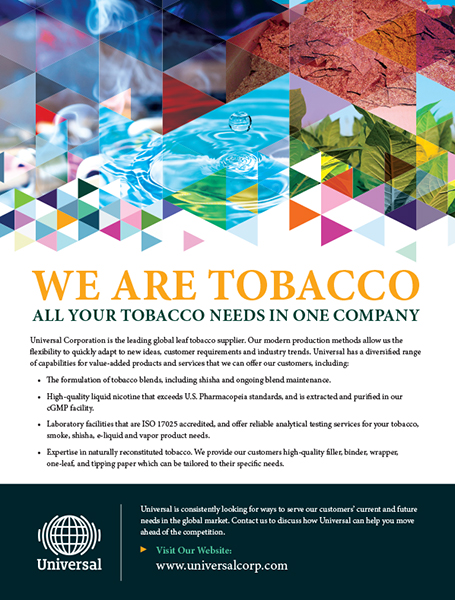
The government agency overseeing the U.K.’s e-cigarettes and refill containers notification scheme as well as implementing the Tobacco and Related Products Regulations (TRPR) has updated guidance on the sale of vaping products following discussions with the U.K. Vaping Industry Association (UKVIA) and Trading Standards.
The UKVIA decided to intervene after being approached by a significant number of vape product manufacturers, distributors and retailers confused about what could and could not be legally sold in shops, particularly following the recent surge in new disposable vapes entering the U.K. market.
As a result, the Medicines and Healthcare Products Regulatory Agency (MHRA) has now clarified its advice to both manufacturers and distributors of e-liquids and devices and vaping retailers.
The UKVIA took part in discussions with the MHRA and Trading Standards following concerns raised by retailers unsure of their compliance requirements and wary of falling foul of the law.
“Due to the numerous [inquiries] we received about the legality of stocking new-to-the-market products, in particular the surge in new disposables, we decided it was imperative to talk to Trading Standards and raise this with the MRHA to seek clarification,” said John Dunne, director-general of the UKVIA, in a statement.
“Since then, we have been working with the MHRA to clarify the process around when products can legally be placed on the market for sale.
“The first part saw the MHRA issue an e-bulletin clearly setting out the process and making it unambiguous that it is illegal to place products into the market until the ‘ECID’ numbers are published on the MHRA website as ‘approved/declared.’
“Next the MHRA updated its online advice for retailers, which is a highly satisfactory outcome as it effectively closes the loophole for when brands can place the product on the market and when a retailer can legally sell the product.”
The MHRA’s guidance for vaping retailers previously read:
“When sourcing new supplies of any e-cigarette or e-liquid product, check that details of the notification for the product have been published in the list of Notified Products.
“If you cannot find the product on the MHRA’s website, ask your supplier to confirm that the product complies with the TRPR and has been notified to the MHRA. If a producer has not notified the product or it does not comply with the TRPR, they may not supply it to you.”
The new wording says:
“When sourcing new supplies of any e-cigarette or e-liquid product, check that a compliant notification has been published in one of the Notified Product lists above.
“If you cannot find the product on the MHRA’s website, ask your supplier to confirm that it has been published and provide details to enable you to confirm the product’s status. If a product has yet to achieve publication status, they may not supply it to you.”
Dunne said the clarification demonstrates the effectiveness of open dialogue.
“We want our sector to be known for upholding strict standards when it comes to the manufacture, distribution and sale of vaping products, and this clarification from the MHRA can leave no one in any doubt about where their responsibilities lie,” he said.
The MHRA’s full wording on the sale of vaping products is available here.

























